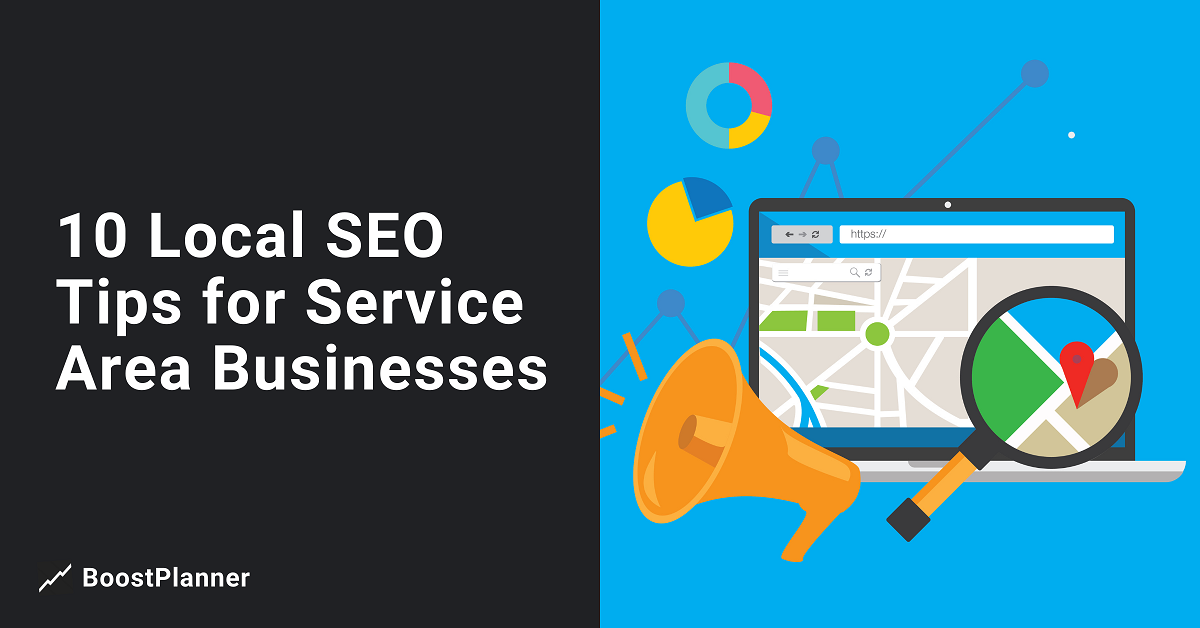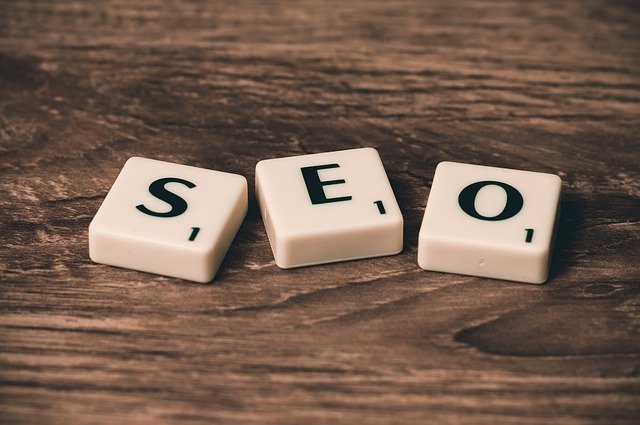
Prior to optimizing for SEO, it is important that you age blog posts at least two years. This is because you want to give them enough time to be indexed by Google and assessed by the algorithm. Any changes you make to your post after this time can negatively affect its performance. Google is going through every piece of content you have created on your website to determine its authority. Therefore, it is critical to wait for the posts to be around for at least 2 months before optimizing them.
Meta title
SEO optimization is essential. It is the title you give to your page. For social sharing, strong meta titles are important in addition to SEO. Google displays the title in 50-60 characters, with 80% appearing as a clickable headline. You'll find the best place to learn about length concerns for your meta title.

The title should evoke an emotional response in the reader, be it excitement, curiosity, or happiness. The meta title should also contain benefits for the audience like a unique solution to a particular problem. Power words, like "solution," can also evoke an emotional response in the reader. Those words should be used in the title and preferably at the beginning. You will get better search engine rankings if they are used in the correct way.
Links to internal resources
The purpose of internal linking is to encourage visitors to click on a link to your website. It is best to include these links within your blog's content. You don't want to place links within CTA boxes, because this will turn readers off your website. Be relevant with your content by creating internal links. Avoid keyword-heavy and repetitive anchor text. This is a problem for SEO and Google may flag it as red flag.
Broken internal links can lead readers to pages that are not there. These links generate 404 errors. To fix these errors, you can delete the broken internal link and replace it with a live page. Broken internal hyperlinks may be caused by an incorrect URL format, or a lack of characters. To check for broken internal links, use the 404 error detection tool. The 404 error message may be a red flag indicating that the link has failed.
Keyword research

Although you might not consider keyword research when creating a blog, it is important to do so. Many new bloggers don't do this and struggle for traffic. Search Engines may not rank popular keywords well for your blog or not be relevant to it. If you are interested in hiking, it is important to look at what people are searching. A long-tail keyword has a relatively low competition but still attracts significant organic traffic.
When choosing long-tail keywords, you need to be cautious. They are more searchable than short-tail keywords but are less popular. It's best to start with a broad topic. Then, narrow down the terms until there are specific keywords. You can broaden your blog's scope by focusing your efforts on similar topics as you build your niche. This way, you'll have more options to choose from when determining which keywords to target.
FAQ
How Often Should I Update My Site?
Updating your site regularly can improve its rankings. But it is not always necessary. You don't necessarily need to keep it updated if you have already created quality content.
Do I really need a digital agency?
Realize that you need extra support for your business before it is too late. Small businesses need professional digital marketing services. They can help you market your company online, and they are up-to-date on the latest trends.
They can handle everything, including developing and implementing a strategy, managing social media accounts, analytics, and reporting.
How do I start SEO for my website?
To get a Google listing, you must first understand what your customers are searching for. This guide will teach you how to write high-ranking content on Google. You should also check out our other guides on content marketing.
To begin, you will need to make a plan and decide what keywords you want. There are two types, broad keywords (like "digital Marketing") and specific keywords (like "seo".
Next, you'll need to choose a few goals: increasing brand awareness, driving leads, or boosting sales.
Once you've defined your objectives, you're ready to start writing content! Here are some SEO tips.
After your content is written, you can publish it to your blog. If you have a site, this could mean updating the pages. You will need to hire a web developer to help you create one.
After you publish your content, link back to it on relevant blogs and websites. This will increase its visibility and give it greater exposure.
How can I create a SEO strategy?
The first step in creating an effective SEO strategy is understanding what you want to achieve and how you will go about achieving this goal. This allows you to structure your content around these goals.
The second step is to start working on your keywords. Through keyword research, you can get insight into what people want to find by using certain words. You can then write articles about those topics by using this information.
Your target keywords should be included in your articles once you have finished writing them. You should also optimize each article by including relevant images and videos. Lastly, link to other related pages wherever possible.
Once you're done writing the content for your website, it's now time to optimize it!
What Does SEO Mean For Small Businesses?
Today's biggest challenge for small businesses is competing with larger corporations that spend millions on advertising. Search Engine Optimization allows small businesses to leverage the same marketing power as larger companies without breaking the bank.
SEO is still relevant: Does link building still matter?
Link building will always be necessary, but how you approach it now is different from how people did it 10 years ago. Today's biggest challenge for businesses is how to find customers and sell. That's where search engine optimization comes into play.
Businesses need to be active on social media. Content marketing strategies are essential as well. It seems that link building is not as effective as it once was because Google penalizes websites with too many links pointing back at them. This makes sense because if you're linking to many other sites, there's probably nothing original on yours worth looking at.
All of these factors make link building less valuable in ranking websites.
What are the different SEO strategies?
There are many types of SEO strategies, such as search engine optimization or social media optimization (SEO), or pay-per–click advertising (PPC).
SEO is the process of optimizing content for keywords using text formatting, HTML codes, and other features.
This helps make sure your site appears higher on search results pages.
Meanwhile, social media optimization (SMO) involves optimizing your website for social networks such as Twitter, Facebook, and Google+.
These help build your brand reputation online, making visitors more likely to visit your site when searching for related topics.
PPC ads also appear at the top Search Results Pages, showing relevant products & services.
Advertisements on Google paid searches are the most popular type of PPC advertising. These ads cost money, but are extremely effective.
However, several other forms of PPC advertising are available - including display ads, video ads, and sponsored posts.
Statistics
- A 62.60% organic traffic boost to that page: (backlinko.com)
- Which led to a 70.43% boost in search engine traffic compared to the old version of the post: (backlinko.com)
- And 90%+ of these backlinks cite a specific stat from my post: (backlinko.com)
- These guides are designed and coded 100% from scratch using WordPress. (backlinko.com)
- If two people in 10 clicks go to your site as a result, that is a 20% CTR. (semrush.com)
External Links
How To
How do I start my first blog.
It's simple! WordPress is an excellent platform for creating a blog. Users can easily edit the appearance of their blogs by adding themes, changing fonts and colors, and customizing the layout. They can also add plugins which allow them to alter certain aspects of their site based upon visitor activity.
You can download many templates free of charge from WordPress.org. Premium templates cost money. Premium templates have additional features, such as more pages, extra plugins and enhanced security.
Once you've downloaded your template, you'll need to sign up for a free account with a hosting provider to upload your files and run your blog. Many hosts offer free accounts, but there are often restrictions on how much space you can use, how many domains you can host and how many emails you can send.
If you decide to use more than one domain name, you'll also need to buy separate email addresses. Some hosts charge a monthly subscription fee.
A blog hosted online is a great way to start blogging if it's your first time. The majority of hosts offer unlimited storage so files aren't deleted even if accidentally deleted.
Hosting providers often allow multiple domain hosting, so you can have many sites from the same package. It is possible to avoid multiple email accounts by registering for one interface, allowing you to manage all of your sites from the same place.
Some hosts include social media sharing buttons on their dashboards, allowing visitors to share posts across the internet quickly and easily.
Most hosting companies offer tools for managing your blog. You can check your site's performance statistics, see how many visitors each post has received and compare your traffic to similar blogs.
These tools can make managing a blog easier and more effective, so you should look into them before choosing a hosting package.
To sum up:
-
Choose a topic relevant to your business;
-
Create engaging content;
-
Optimize your site using SEO techniques;
-
Promote your site using social media channels;
-
You can monitor your statistics and make adjustments if necessary.
-
Keep your blog updated regularly, last but not least.
You should create high-quality content, market it effectively, and monitor its success.